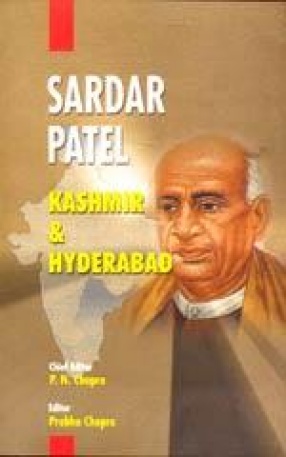
Prabha Chopra

Showing all 10 books
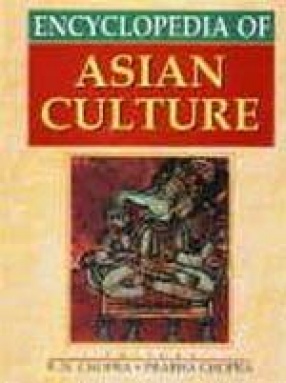
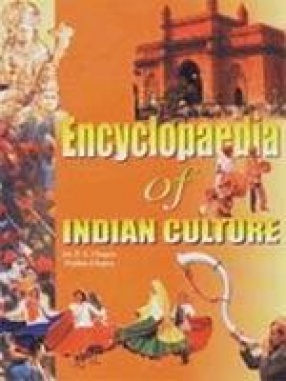
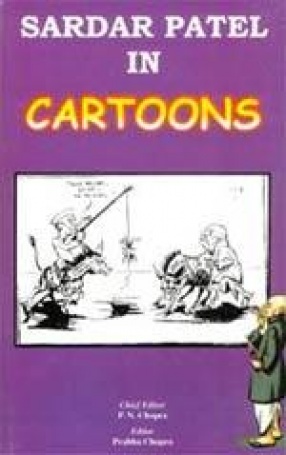

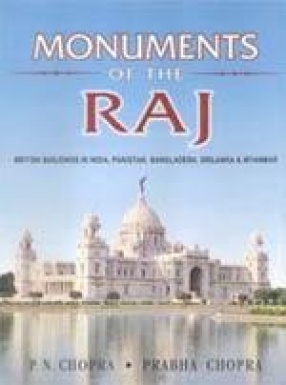
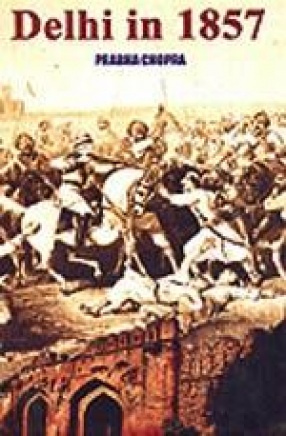

This is the first volume in the series of Thematic Volumes on Sardar Patel and deals with the accession of States of Kashmir and Hyderabad to the Indian Union. It reveals the important role and the severe handicaps Sardar Patel faced as Minister for states while handling the sensitive issue of Kashmir. The emotional ties Jawaharlal Nehru had with Kashmir and the National Conference leader Sheikh Abdullah were instrumental in the Kashmir issue being directly dealt ...

This is the first reference work of its kind about the vast, multi-hued panorama of Asian cultures which have a history dating back to thousands of years before Christ. The book contains 206 articles written by renowned scholars of Asia, specialists in their respective fields. The countries covered in this encyclopedia include Afghanistan, Australia, Bangladesh, Bhutan, Burma, Cambodia, China, India, Indonesia, Iran, Japan, Korea, Laos, Malaysia, Mongolia, Nepal, ...

India has made tremendous progress in almost every field since the attainment of independence. Her advancement is all round and stupendous, her record in the creative activities in the realms of education, science and arts, is remarkable. Surprisingly enough, there is no standard, internationally reputed and readable encyclopaedia reflecting or interpreting this change or giving a full spectrum of knowledge or reference material for lay readers or experts. ...
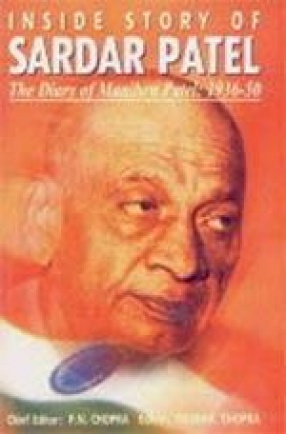
This is the first-ever publication of the hitherto unknown diary of Sardar Patel’s daughter. Maniben generally accompanied Patel everywhere and was present with the Sardar at most of his meetings. She was therefore privy to what transpired in these meetings and also to Sardar’s views and innermost thoughts on various historic and sensitive issues which he often could not otherwise express even to his closest friends and colleagues. Then, too, having earlier ...
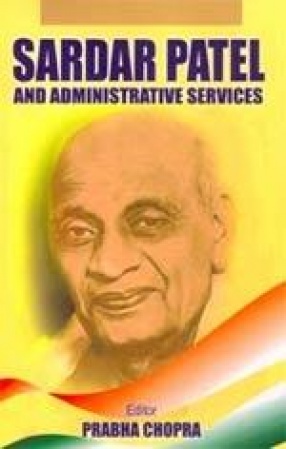
Sardar Patel's great ambition was to consolidate India into one united whole and to make it administratively and economically strong. In the five thousand years of history, India was never united, it had always been a group of different states. At the time of Independence there were five hundred and sixty odd states which occupied two-thirds of India and one-third of India was British India. Sardar Patel dealt with the complex question in a masterly manner and ...


Sardar Vallabhbhai Patel (1875-1950) ranks as one of the foremost leader and Statesman India has ever produced. He along-with Gandhiji and Jawaharlal Nehru was mainly responsible for giving shape to the destiny of the country during the freedom struggle and in the early years after the attainment of Independence. Sardar Patel’s greatest contribution was the unification of the country into one united whole in a remarkable manner. Sardar Patel was a flourishing ...


The most explicit memorial of any empire is its architecture. The buildings it leaves behind are symbols of the power it once wielded. In its colonial palaces, govt. houses, town halls, churches, bungalows, post-offices and hotels, the British Empire left its mark on India. These buildings were generally inspired by British styles, adapted to local conditions and built in local materials by local craftsmen. The result was some of the most surprising and ...

On 2oth September, 1857 British recaptured Delhi and hoisted their flag from the ramparts of Red Fort, and then started the indiscriminate massacre of Delhi's population. Swathes of Delhi population was eliminated by the British in revenge for the killings of Christian men, women and children by the revels. Atrocities ere committed on both sides. As in its past history, Delhi suffered again grievously at the hands of the conquerors. The British surpassed even ...
